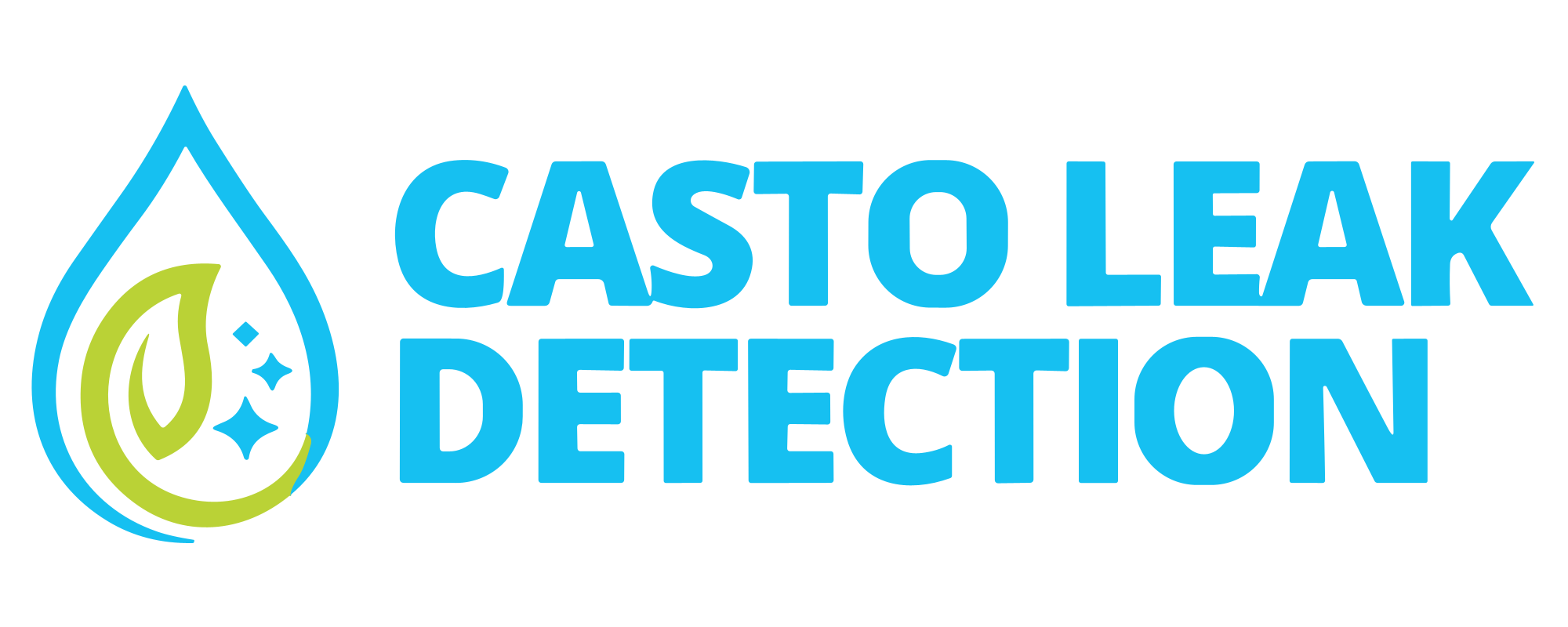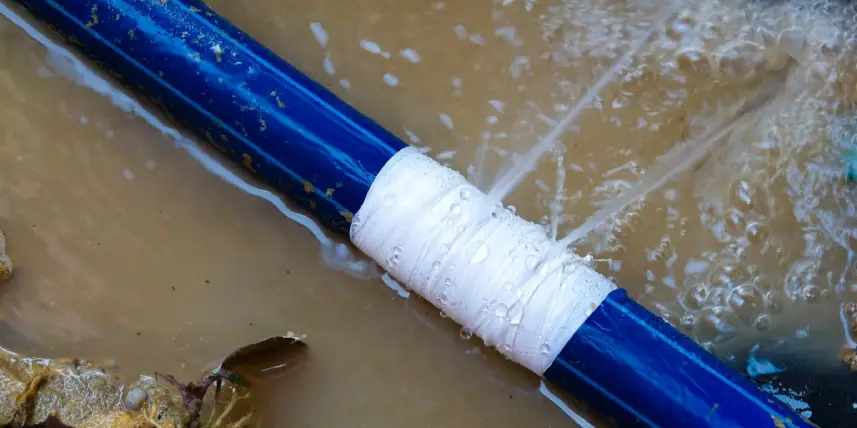Underground water leak repair is a critical task for homeowners and property managers. Ignoring these leaks can lead to significant damage, increased water bills, and environmental harm. By understanding the causes, detection methods, and repair options, you can address leaks promptly and effectively. This article provides a detailed guide on underground water leak repair, helping you save time, money, and resources.
Understanding Underground Water Leaks
What is an Underground Water Leak?
An underground water leak occurs when water escapes from pipes buried beneath the ground. These leaks are often challenging to detect due to their hidden nature. Common locations for these leaks include areas under driveways, lawns, and basements. Identifying and addressing these leaks is crucial to prevent extensive damage.
Causes of Underground Water Leaks
Several factors can cause underground water leaks. Corrosion of pipes is a common issue, especially in older systems where metal pipes are prevalent. Tree root intrusion can also damage pipes as roots seek water sources. Ground movement and shifting due to natural causes or construction activities can lead to pipe fractures or disconnections.
Signs of an Underground Water Leak
Detecting an underground water leak early can save you from costly repairs. Look for signs such as an unexplained increase in water bills. Wet spots or unusually lush areas in your yard might indicate water pooling underground. Additionally, low water pressure can be a symptom of a leak, as water escapes from the pipe before reaching your taps.
Assessing the Situation
Initial Inspection
Start with a basic inspection of your property. Look for visible signs of water leakage such as damp patches on the ground, walls, or floors. Listening for water sounds in unexpected places can also help identify a leak. This initial check can give you a general idea of the leak’s location.
Using Water Meter for Leak Detection
A water meter can be an effective tool for detecting leaks. First, ensure no water is being used in your home. How to read the water meter: take a reading, wait for a period, then take another reading. If the meter shows usage, you likely have a leak. This method helps confirm the presence of a leak without digging up your yard.
Professional Assessment
If your initial inspection and water meter test indicate a leak, consider calling a professional. When to call a professional: if the leak is large or if you cannot locate it precisely. Benefits of professional leak detection services include advanced tools and techniques like acoustic detectors and infrared cameras, which can pinpoint the leak accurately.
Tools and Equipment Needed
Basic Tools for DIY Inspection
For a DIY inspection, you’ll need essential tools like a shovel and digging tools to access underground pipes. A flashlight and mirror can help inspect hard-to-see areas. These basic tools are crucial for a preliminary assessment of the leak.
Advanced Leak Detection Tools
Professionals use more sophisticated equipment for accurate leak detection. Acoustic leak detectors help identify the sound of water escaping from pipes. Infrared cameras can detect temperature variations caused by water leaks, providing a visual indication of the leak’s location. These tools are beneficial for complex leak scenarios.
Safety Equipment
Safety is paramount during underground water leak repair. Wear protective gloves and goggles to protect yourself from harmful substances and debris. Proper footwear and clothing ensure you are safe from potential hazards like sharp objects or uneven ground. Always prioritize safety when conducting repairs.
DIY Underground Water Leak Repair
Locating the Leak
Finding the exact location of an underground leak can be challenging. Steps to pinpoint the exact location include using detection tools and following water sound patterns. Be patient and thorough, as accurate detection is crucial for effective repair.
Repairing Small Leaks
For minor leaks, temporary fixes can be effective. Temporary fixes include using clamps or sealants to stop the water flow temporarily. Permanent solutions involve pipe patching, which is a more durable repair method that involves covering the damaged section with a pipe sleeve or patch kit.
Replacing Damaged Sections
If the pipe damage is extensive, you might need to replace a section of the pipe. Identifying the extent of damage helps determine the replacement length. Steps to replace a section of pipe include cutting out the damaged part, fitting the new pipe section, and securing it with appropriate connectors and adhesives.
Hiring a Professional
Choosing the Right Professional
When the leak is beyond DIY repair, hiring a professional is the best option. Qualifications and certifications to look for include licensing, insurance, and relevant experience. Reading reviews and testimonials can provide insights into the contractor’s reliability and quality of work.
Cost of Professional Repairs
The cost of professional repairs can vary widely. Factors influencing repair costs include the leak’s location, the extent of damage, and the materials required. Getting quotes and estimates from multiple contractors helps you compare prices and services, ensuring you get the best value for your money.
Benefits of Professional Repairs
Professional repairs offer several advantages. Long-term solutions ensure the leak is fixed correctly and won’t recur soon. Warranties and guarantees provided by professionals give you peace of mind, knowing that if issues arise, they will be addressed without additional costs.
Preventing Future Leaks
Regular Maintenance Tips
Preventive maintenance can save you from the hassle of frequent repairs. Inspecting for early signs of leaks regularly helps catch issues before they escalate. Routine pipe inspections by professionals can identify potential weak points and address them proactively.
Upgrading Old Pipes
Old pipes are more susceptible to leaks and damage. Benefits of modern pipe materials include better durability and resistance to corrosion. When to consider pipe replacement: if your system frequently experiences leaks or if the pipes are nearing the end of their lifespan.
Landscaping Considerations
Your yard’s landscaping can impact your pipes. Avoiding tree root intrusion by planting trees away from water lines prevents roots from damaging pipes. Proper yard grading and drainage ensure water flows away from your home, reducing pressure on underground pipes and preventing leaks.
Environmental and Financial Impacts
Water Waste and Environmental Concerns
Undetected leaks lead to significant water waste. The impact of leaks on water conservation is substantial, as they can waste thousands of gallons of water over time. Environmental benefits of timely repairs include conserving water resources and reducing your ecological footprint.
Financial Implications
Leaks can lead to skyrocketing water bills. The cost of wasted water adds up quickly, making early detection and repair financially beneficial. Long-term savings from prompt repairs include avoiding extensive property damage and reducing the need for costly repairs in the future.
Understanding Plumbing Systems
Overview of Residential Plumbing Systems
Understanding your plumbing system helps in managing leaks effectively. The main components and layout of residential systems include the water supply line, distribution pipes, and fixtures. Knowing common weak points in plumbing systems can help you monitor these areas closely for signs of leaks.
How Underground Water Leaks Affect Plumbing
Leaks can disrupt your plumbing system significantly. Pressure issues and flow disruptions occur when water escapes from the pipes, leading to inconsistent water pressure. Potential for secondary damage includes soil erosion, foundation damage, and mold growth, which can be costly to repair.
Importance of Regular Plumbing Checks
Regular plumbing checks can prevent leaks and other issues. Early detection of potential issues allows for prompt repairs, saving you from extensive damage. Benefits of scheduled maintenance include improved system efficiency, extended lifespan of your plumbing, and reduced repair costs.
Case Studies and Success Stories
Homeowner Experiences
Real-life examples of leak detection and repair provide valuable insights. Case studies of homeowners who successfully identified and fixed leaks highlight the importance of vigilance and prompt action. Lessons learned and advice from these experiences can guide you in managing your own leaks.
Professional Repair Success Stories
Professionals often handle complex leak scenarios effectively. Notable cases handled by professionals showcase advanced techniques and tools used in successful repairs. These stories underscore the value of professional expertise in managing difficult leaks.
Innovations in Leak Detection and Repair
The field of leak detection and repair is continually evolving. New technologies and methods like acoustic sensors, infrared cameras, and trenchless repair techniques offer more efficient and less invasive solutions. Future trends in leak repair promise even better tools and methods for managing underground water leaks.
Common Mistakes to Avoid
Ignoring Early Signs
One of the biggest mistakes homeowners make is ignoring early signs of leaks. Consequences of delayed repairs include increased damage and higher repair costs. Importance of acting quickly: addressing leaks promptly can prevent extensive damage and save you money.
Improper DIY Repairs
DIY repairs can sometimes do more harm than good. Risks of inadequate fixes include temporary solutions that fail over time, leading to more significant issues. When to admit you need professional help: if the leak is extensive or if you’re unsure about the repair process, it’s best to call a professional.
Choosing the Wrong Contractor
Selecting an inexperienced or unqualified contractor can lead to poor repairs. Red flags to watch out for include lack of licensing, poor reviews, and lowball quotes. Importance of vetting professionals: ensure your contractor has the necessary qualifications and a good reputation for quality work.
FAQs
- What are the most common signs of an underground water leak?
Unexplained water bills, wet spots, and low pressure.
- Can I repair an underground water leak myself?
Yes, but consider the complexity and safety.
- What tools do I need for detecting an underground water leak?
Basic tools, acoustic detectors, and infrared cameras.
- When should I call a professional for a water leak?
For extensive damage or if unsure about DIY repairs.
- How much does professional leak repair cost?
Varies by damage extent, location, and service provider.
- How can I prevent future underground water leaks?
Regular maintenance, pipe upgrades, and landscaping adjustments.
- Are there temporary fixes for underground water leaks?
Clamps and sealants can be used as temporary measures.
- What are the environmental impacts of water leaks?
Wasted water and negative effects on conservation efforts.
- How do I choose the right professional for leak repairs?
Check qualifications, and reviews, and get multiple quotes.
- What are the long-term benefits of repairing leaks promptly?
Savings on water bills and prevention of further damage.
Conclusion
Underground water leak repair is essential for maintaining your property and conserving water. By understanding the causes, detection methods, and repair options, you can address leaks effectively. Whether you choose DIY methods or professional services, acting promptly can save you time, and money, and prevent extensive damage. Regular maintenance and proactive measures can help prevent future leaks, ensuring your plumbing system remains efficient and reliable.







